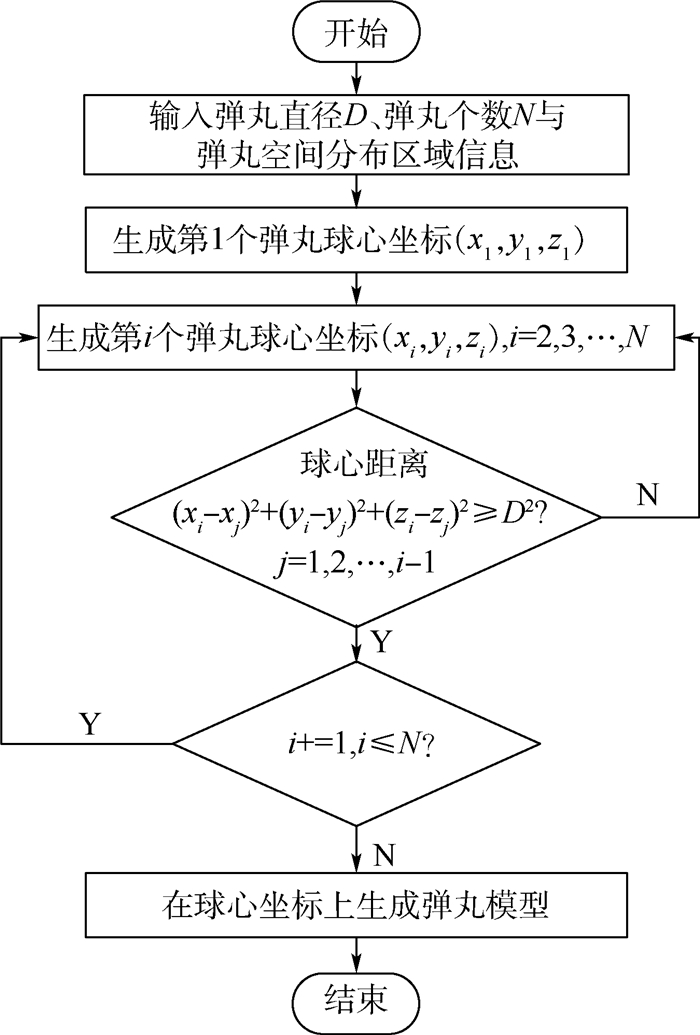In this paper, in order to solve the problem of natural convection in a porous square cavity containing an internal heat source, the non-orthogonal multiple-relaxation-time (MRT) lattice Boltzmann method was used. The influence of the value of Rayleigh number(104 ≤ Ra ≤ 106), internal heat source layout (horizontal, vertical and diagonal layout), internal heat source size (A=1/16, 1/8, 3/16, 1/4), and spacing (S=5/64, 13/64, 21/64) between two internal heat sources on convective heat transfer was analyzed. The results indicate that in the case of Ra=104, 105 and S=5/64, and the internal heat source is of any size, it can obtain better heat transfer by adopting the layout of diagonal; when Ra=105, 106 and S=13/64, 21/64, horizontal is better. In horizontal layout of the internal heat source, at Ra=104, the convection heat transfer effect in any internal heat source size is enhanced as the internal heat source spacing increases. However, as Ra increases, and internal heat source size decreases, the convective heat transfer effect first increases and then decreases with the increase of internal heat source space; then its effect decreases as internal heat source space increases. The layout of diagonal is in a similar situation. When other conditions are the same, the convective heat transfer effect increases with the increase of internal heat source size.



